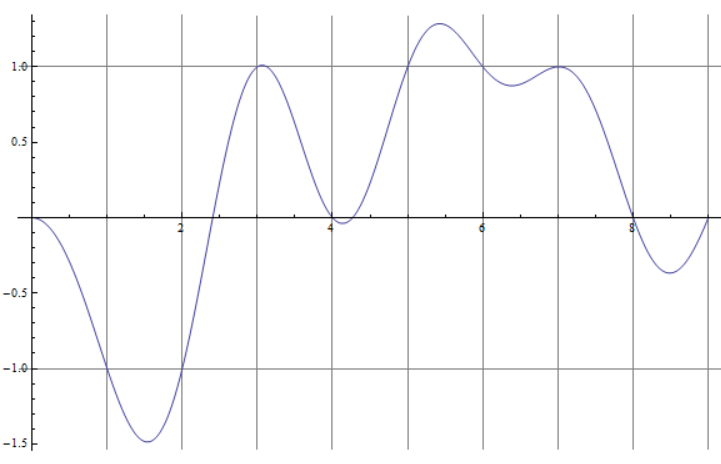I have no idea how to numerically solve a transcendental equation given by a power series. Being a power series, I don't know if I need to use infinity or some number of partial terms in the series. It seems Mathematica sucks for this type of equation, since everything I've tried so far failed miserably. I found FindMinimum could be an option, but then the stupid formula doesn't allow an interval, it's always like that (actually, it complains about MachinePrecision).
When I plot a graph, ListPlot works using $N=16*x$ terms for each $x$ (see attached graph), but then it's really difficult to get the real values for which $f(x)$ is 0.
I'm only interested in real roots, and if $f(x_0)<=10^{-30}$, $x_0$ is good enough. Here's the equation in input form (I know the syntax here is wrong, I was trying to use a range that I know contains a zero from the plot, one is between 2 and 3, for example -- see graph):
NSolve[(-(2/Cos[Pi*x]))*Sum[(-1)^i*(2*Pi*x)^(2*i)*
Sum[(-1)^j/((2*Pi)^(2*j)*Zeta[2*j]*(2*i + 1 - 2*j)!), {j, 1,
i}], {i, 1, Infinity}] ==
0, {x, 2, 3}]
Does anybody know this? Thanks
PS - the division by cosine is just removing all the half-integers as roots (other roots are the square-full integers). This is nothing but the Mobius $\mu(x)$ function without those roots.

